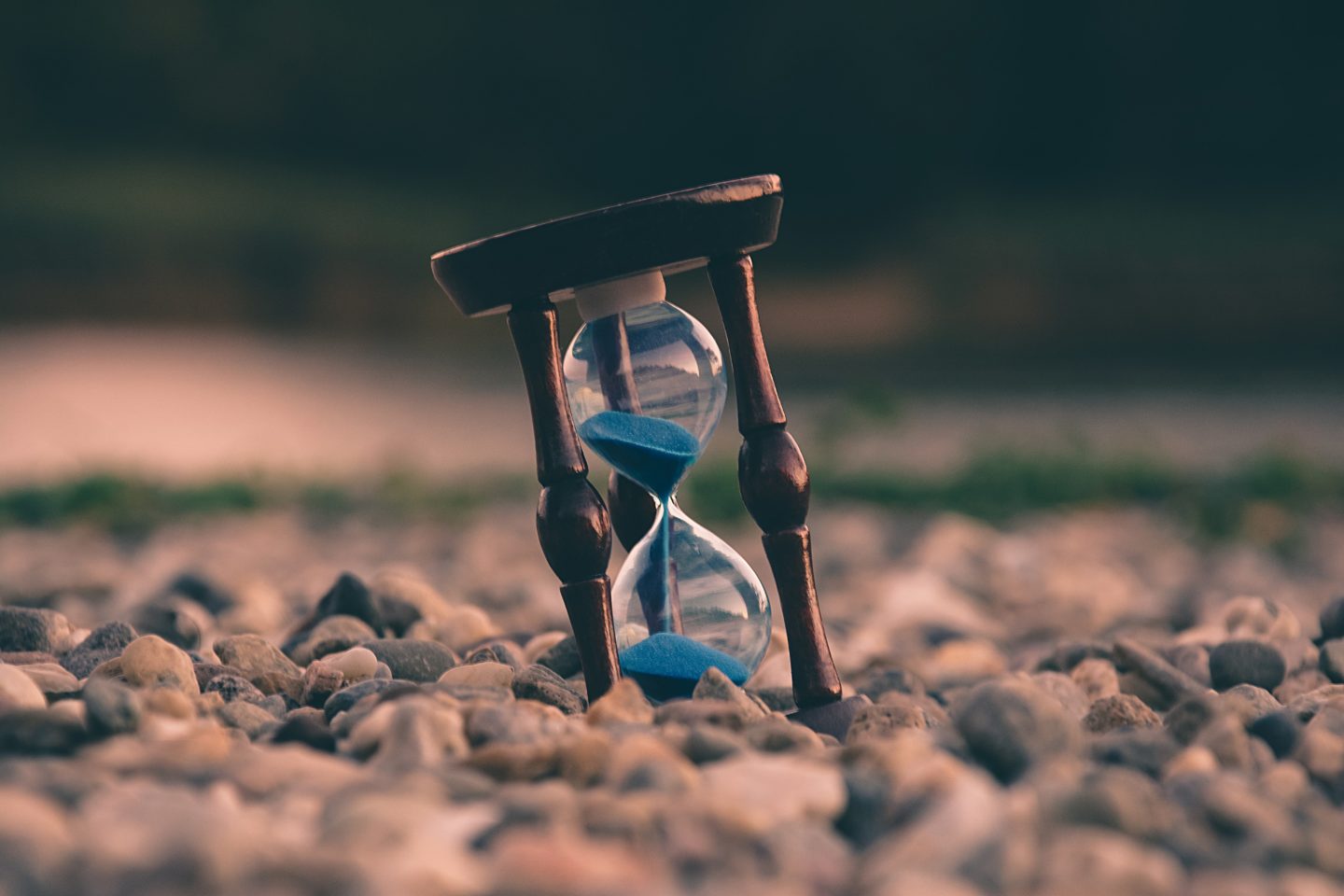Why do some companies seem to last forever while others fold? We have looked closely at business longevity, investigating 50 global companies that stayed among the most 50 valuable traded companies over a period of 50 years. Some of these powerhouses even enjoyed a 100-year horizon on that list. Our research revealed some interesting lessons in what companies that stand this test of time all do. Here are the top three. Take a look and evaluate whether your company is hitting all these points, and if not, start strategizing.
Strike a balance between exploration and exploitation.
Exploration is the ability to look at future trends and innovate for market relevance. Exploitation is the precision your company uses to maintain internal focus around productivity, clarity of direction and discipline. The companies that last the longest are experts at balancing these two factors.
Be outside driven.
Companies that have stood the test of time do not become introverted. They look at what’s happening around them and learn and they are always searching for the next frontier. You must constantly be developing new capabilities or you will be left behind. If you get comfortable and stop trying to look ahead of the market making decisions about maintaining the status quo you run the risk of becoming introverted.
Embrace sustainability.
Sustainability in this sense refers to the ability of companies to find positive trade-offs between economic, environmental, and social issues. Sustainable companies balance profit, people, and planet. Companies often do this by acting on megatrends that are completely predictable, such as a move from a company that extracts resources to one that recycles. Umicore is a great example of this.
These three factors are all hallmarks of durable companies. All of them require forward-thinking and creating a balance that recognizes that business is not separate from our ecosystem, but an integral part of it. It’s time to ask yourself, has your company acknowledged this?






